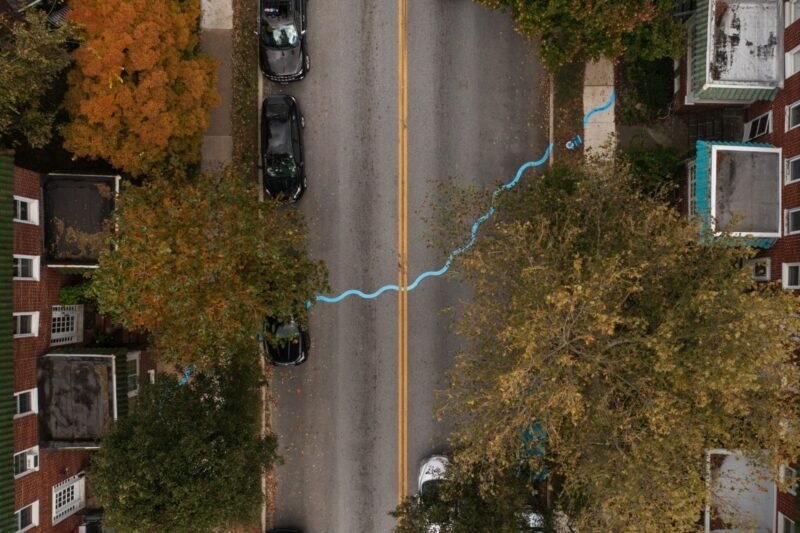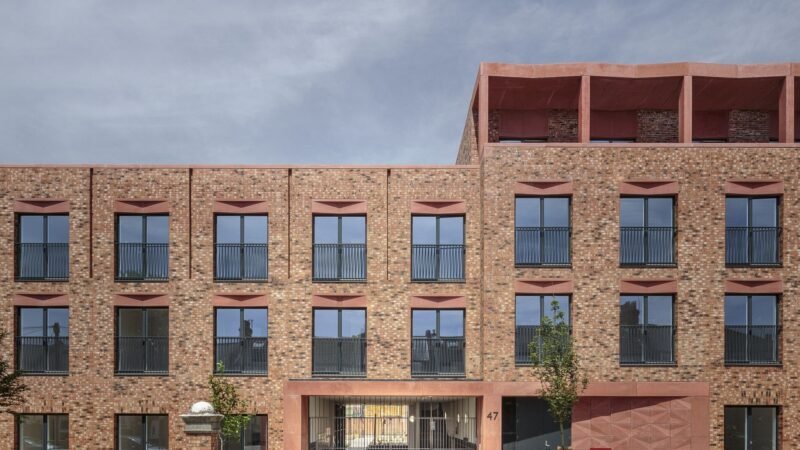Trend 7: Design For Animals
Increasing numbers of designers and artists seem to be concerned with animals. Over the last years we’ve encountered loads of projects that extend design principles to the world of animals. Sometimes to improve living conditions for animals or help to preserve a species, sometimes because a designer bird house is prettier to look at. Several articles on this blog dealt with this new trend.

First, birds are a hot topic in the design world. More specifically city birds. A typical design project are these great bird house roof tiles by Klaas Kuiken, that tend to provide an esthetical, yet subtle solution to accommodate city birds. The roof tiles are made of terracotta with a small house perched on top where the bird can nest in. A similar design are the so-called Bird Bricks: built-in, customized nests for endangered species like the house martin, spotted flycatcher and the house sparrow. The bricks can be set into the walls of a house. According to designer Fanny Hofstra the city birds will return every year once they nest somewhere into the walls.

Other animal-oriented design projects tend to implement organizational principles of housing for humans. What about this social housing project for crabs? To reflect on the ecology and the biodiversity of two sites on opposite sides of London, art and research collective London Fieldworks built a sculptural installation in a two trees in the city. ‘Spontaneous City in the Tree of Heaven’ consists of several hundred bespoke bird boxes mounted in two trees, resulting in a true urban bird village in the middle of London. A similar design is Eveline Visser’s collective bird house called Bird City. Inspired by the huge community of different birds that live in the city, Visser came up with this neighborhood for birds. This installation, which could by perfectly attached to buildings or walls, gives home to an entire population of up to 33 unique species.

But there’s more. Also bats and bees are very popular among designers. Think of Joyce Hwang’s Bat Tower in Griffis Sculpture Park near Buffalo, New York State. This construction consists of four hundred pieces of plywood creating narrow spaces, which should be ideal as bedrooms for bats. Click here for more designer homes for bats. The revival of (urban) bee-keeping has led to a true bee-inspired design movement. Worried by the bad situation of bees in our eco-system, Eriksen Skajaa Architects and Christina Charlotte Tolfsen transformed a riverside park in Oslo into an apiary with strategically located beehive harvesting units designed to demonstrate the importance of maintaining biotopes in and around our cities. Philips has recently launched the concept for a designer beehive meant for indoor use.

All these examples prove that not only design but also architecture tends to extend to totally new fields. Not every design project for animals is relevant — many designs are only meant to look good. Other projects, however, explore solutions to deeper eco-system-related issues, such as preservation of bees. Can design contribute to a more sustainable world and better lives for animals?
This article belongs to the Top 10 Trends For 2012. Reflecting on what we’ve written in 2011 and looking into the new year, we’ve compiled a fresh list of remarkable trends that we consider to be important for our cities in 2012.



